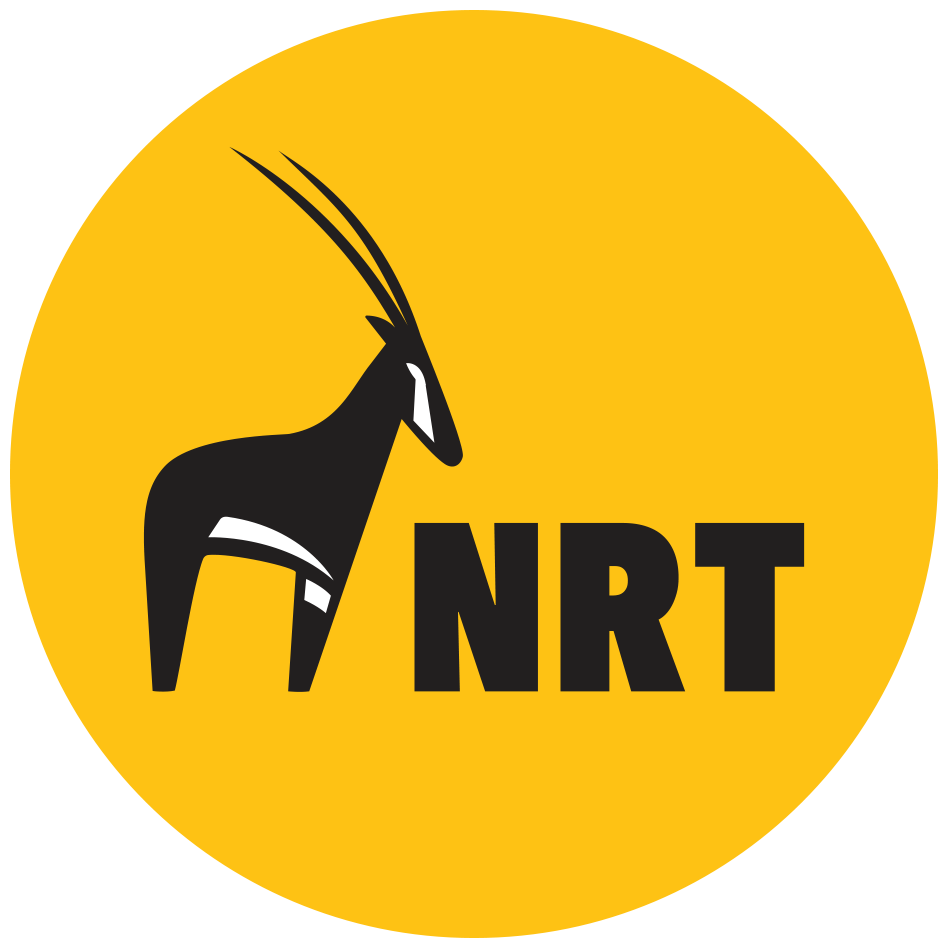Sowing the Seeds of Change
“We elders are now seeing indigenous grass species which we haven’t seen since we were children,” — Peter Lemburkel, elder from Narupa Community Conservancy.
In February 2019, 200 community members from Narupa Community Conservancy and surrounding areas took off into the bush with machetes, ready to wage war on a prolific and damaging tree that has been taking over the northern rangelands at an alarming rate.
Unemployed men, women, youth and people living with disabilities divided into teams to tackle Acacia reficiens in strategically mapped blocks, each receiving a daily wage for their work. The tree, which thrives in degrading areas, prevent grass growth and contributes to soil erosion, resulting in barren land that has a negative impact on local pastoral livelihoods as well as wildlife.
They worked for almost two months, clearing Acacia reficiens from at least 219 hectares of conservancy land. Once cut, tree branches were laid over the bare earth and packed into gulleys to prevent further soil erosion. Perennial grass seeds were planted across 61 hectares, sprinkled between the branches on the ground so that new shoots were protected from grazers.
The clearing program stemmed from a community-driven campaign to protect and rehabilitate the land upon which their livelihoods depend. After Narupa management took the conservancy Board and some community members for an exposure tour to a previously cleared site in Westgate Community Conservancy, there was an unstoppable momentum behind the project, and support from NRT, the Food and Agricultural Organization (FAO) and the Grevy’s Zebra Trust enabled it to kick off.
By the beginning of July, the area was almost unrecognizable from the barren land it had been at the start of the year. Although grass seeds were only planted on 61 hectares, they had spread, and green shoots took the place of bare, cracked earth across the entire area. Different grass species – some of which had not been seen in the area for almost a generation – were thriving. Deep gulleys, which not only exacerbated land degradation but also posed a fall risk to passing livestock and wildlife, were starting to fill in.
“We have witnessed such improvement in rangeland condition,” says Rapes Lochopoko, a member of the Narupa Conservancy Grazing Committee. “There is increased forage for both livestock and wildlife now – a win-win!”
Jackson Lekumoisa, Narupa Conservancy rangelands officer, thinks the rehabilitated land will also contribute to peace efforts. “If a larger size of area will be cleared, our livestock will no longer migrate to neighbouring ranches and conservancies,” he says, “reducing grazing conflict and boosting peaceful coexistence with our neighbours.”
Faith Lepiranto, representing women in the conservancy, says it’s had a positive impact on family life too. Children are able to stay in school, rather than have to move with their families in search of pasture. “We also have more milk,” she says, “if families continue herding within the area, they will have sustained food security in their households.”
Narupa Conservancy is now planning to improve grazing management in the area, and seek funding to clear a wider area.
“Our next plan is to engage the County Government of Isiolo through the County Rangelands Policy (currently at the draft stage) to allow the community to manage their settlement patterns since they affect the grazing patterns,” says Jackson Lekumoisa.



